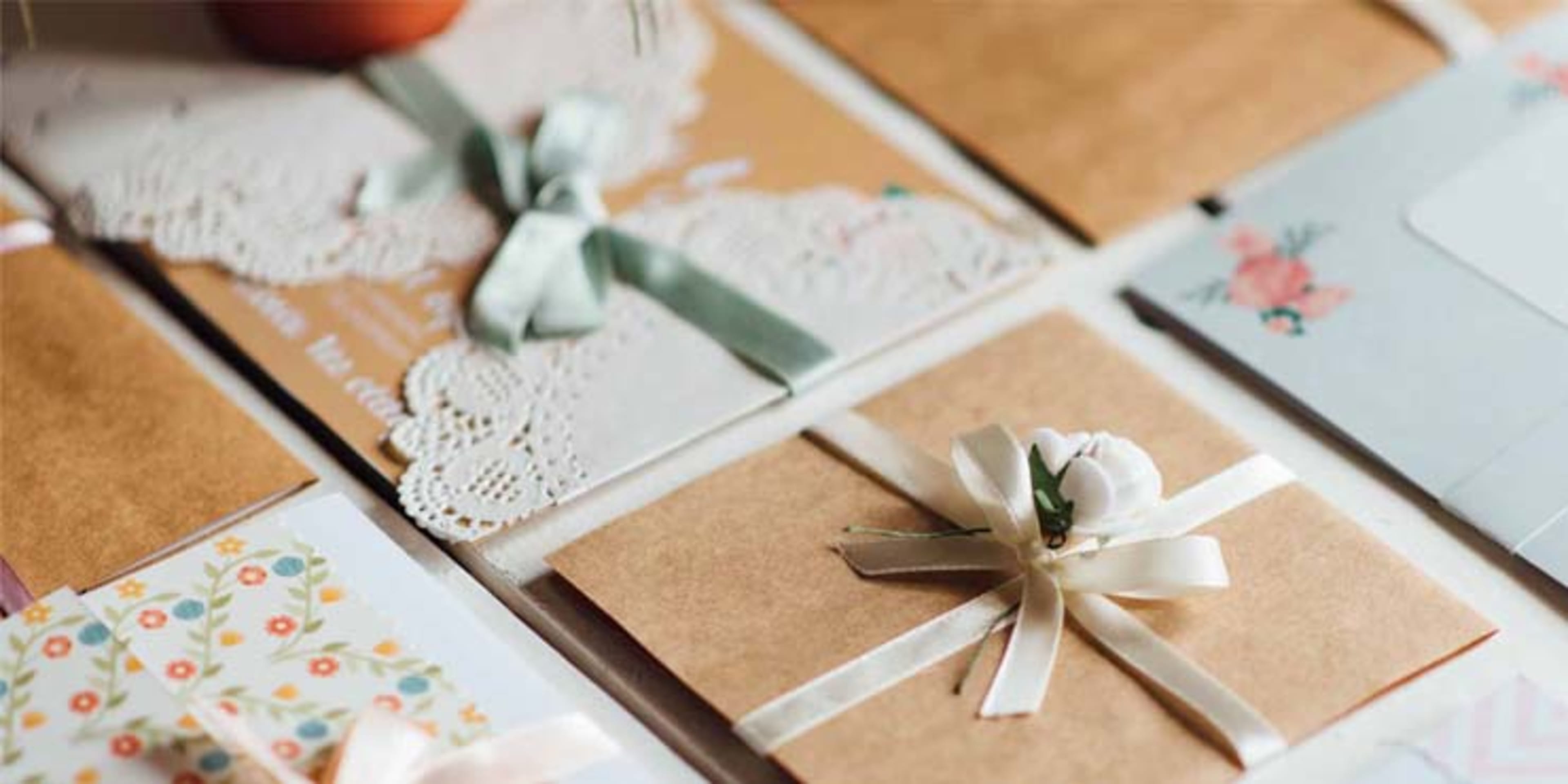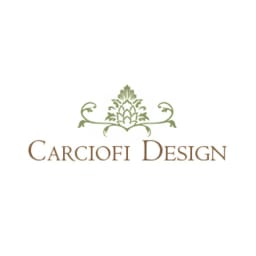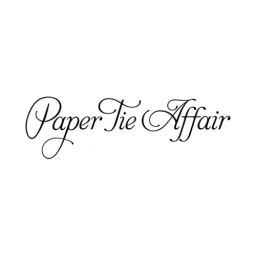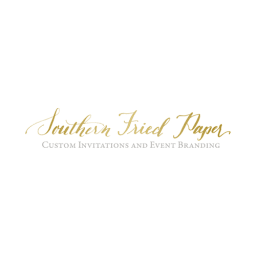
2024

Best Wedding Invitation Designers
Find a Top-Ranked Wedding Invitation Designer Near You
We did the research for you!
- Licensing
- User Reviews
- Mystery Shopping Calls
Learn about our selection process.
Top Wedding Invitation Designers
= Featured Provider
New York, NY
Ipanema Press
Cold Spring Harbor, NY 11724Ellen Weldon Design, LLC
New York, NY 10001Sesame Letterpress & Design
Brooklyn, NY 11201
Los Angeles, CA
Carciofi Design
Altadena, CA 91001Creative Letterpress Inc.
Burbank, CA 91502Wanda Wen Soolip
Hollywood, CA 90048
Chicago, IL
Beacon Lane
Chicago, IL 60423Greenstar Paperie
Downers Grove, IL 60515Invitations by Daniels
Oak Forest, IL 60452
Houston, TX
Paper Tie Affair
Houston, TXDGZ Invitations and More
5455 Dashwood, Houston, TX 77401Karla's Scriptorium
Houston, TX 77007
Phoenix, AZ
ROX INK Calligraphy
PO Box 2898, Gilbert, AZ 85299Be In Love Designs
Scottsdale, AZ 85251idieh design
Scottsdale, AZ 85251
Philadelphia, PA
Carolyn Verdi Boutique
Philadelphia, PA 19148The Paperia
519 Wynlyn Road, Wynnewood, PA 19096Darling and Pearl
West Trenton, NJ 08628
Dallas, TX
Significant Events of Texas
Dallas, TX 75252Southern Fried Paper
Dallas, TX 75207The Magic Pen
Grapevine, TX 76051
San Diego, CA
Sweet Paper
La Jolla, CA 92037Fresh Invitation Studio
San Diego, CA 92126Twinkle & Toast
San Diego, CA 92106
Detroit, MI
Invites Ink
Franklin, MI 48025Write Impressions
Royal Oak, MI 48067Flair Necessities
Troy, MI 48007
San Francisco, CA
Papercake Designs
San Francisco, CA 94121A Day in May
San Francisco, CA 94123Coffee n Cream Press
San Francisco, CA 94116
Top Wedding Invitation Designers in other locations
- Wedding Invitation Designers in Miami, FL
- Wedding Invitation Designers in Raleigh, NC
- Wedding Invitation Designers in Minneapolis, MN
- Wedding Invitation Designers in St. Louis, MO
- Wedding Invitation Designers in Tampa, FL
- Wedding Invitation Designers in Cincinnati, OH
- Wedding Invitation Designers in Pittsburgh, PA
- Wedding Invitation Designers in Birmingham, AL
- Wedding Invitation Designers in Richmond, VA































